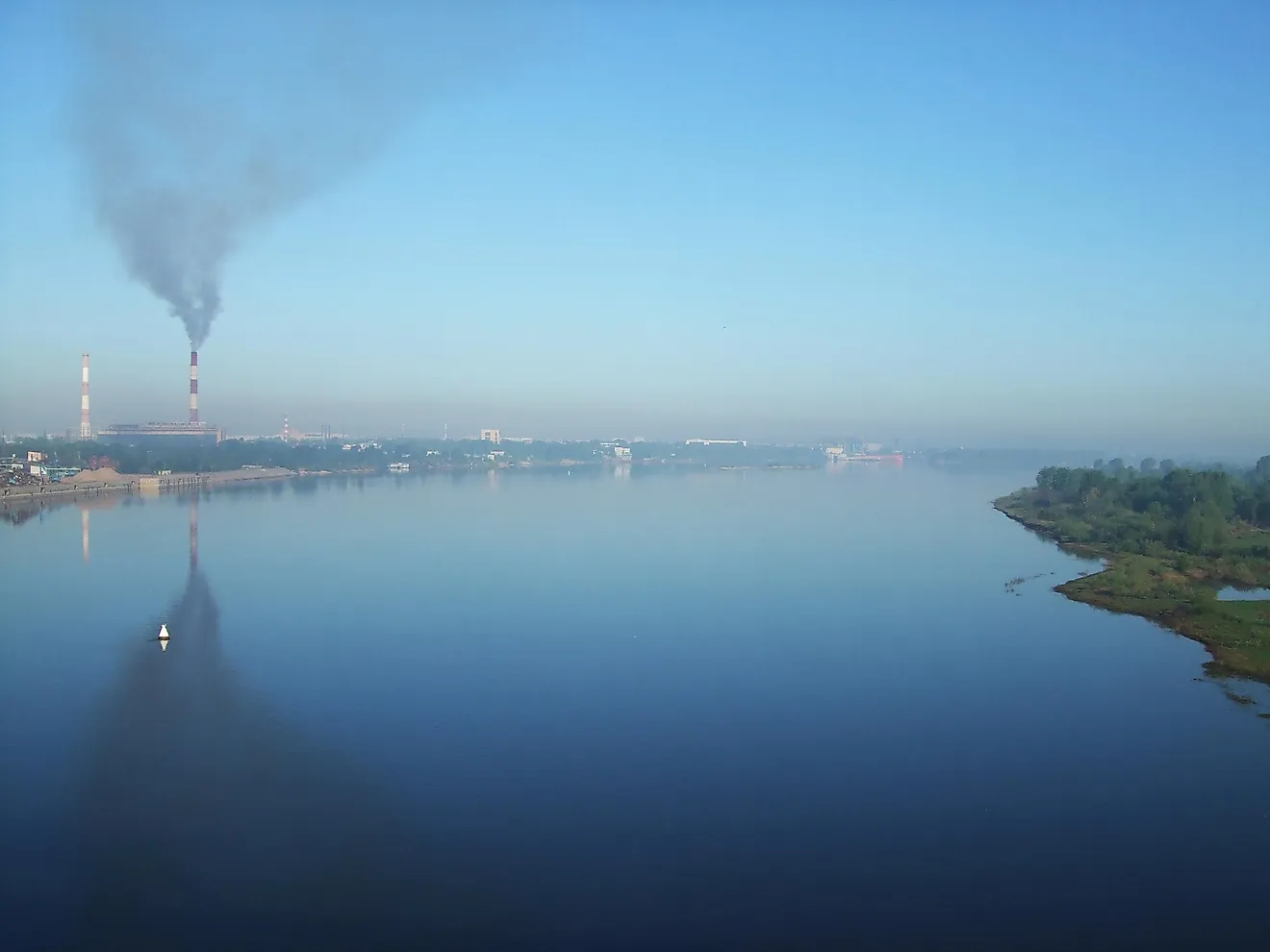The Longest Rivers of Europe

Rivers are freshwater sources that drain into other rivers, lakes, ground reservoirs and ocean. The longer the river's length, the more land areas it irrigates along its banks. Conversely, it can also negatively affect the population along its banks. Throughout human history, rivers have been sources of water, food, transport, hydropower, and defense for people in its vicinity. Fast-flowing rivers also produce waterfalls that in turn generate enough power for hydroelectric generation.
Europe's Economic and Hydrological Lifelines
A large number of rivers snake their way through the countries of the European continent. Among these rivers, the Volga River is considered as the longest European River, flowing for a distance of 2,294 miles. It travels the length of Russia in a southerly direction and empties into the Caspian Sea. It has double large canal locks that enable big ships to enter to its upstream end. Next is the Danube at 1,777 miles. It is the longest river in the EU region flowing through 10 countries in Central and Eastern Europe. Romania and Germany use it for drinking water. The Ural River at 1,508 miles, is the third longest river in Europe and flows through Russia and Kazakhstan. Its waters are used for irrigation and as a fishing source. The Dnieper River at 1,422 miles flows through Russia, Belarus, and Ukraine. Dams and hydroelectric power are located in its span. The Don River at 1,211 miles flows through five regions in Russia receiving its waters from 17 tributaries. It has dams and canals. The Pechora River at 1,124 miles flows in northwest Russia and empties into the Arctic Ocean. Most of it is in the Komi Republic. The Pechora-Kama Canal is an important waterway in its waters. The Kama River at 1,121 miles flows through the Udmurt Republic, Republic of Tatarstan, and Russia where it joins the Volga River. It has three dams and reservoirs. The Northern Dvina-Vychekda River in northern Russia at 1,102 miles flows through three regions then empties into the Arctic Ocean. It has an unused canal and the river is mainly used for timber rafting during summer. The Oka River at 932 miles flows through eight regions in central Russia. It has 13 tributaries. In the mid-19th century, the river was used as a transportation waterway to Moscow from the Volga river. The Belaya River at 888 miles flows through Bashkortostan, Russian Federation from the Ural Mountains. It is the Kama River's largest tributary and drains into the Kama in Neftekamsk, Russia.
Conservation Issues of Europe's Rivers
The condition of a river and its ecosystem is a great predictor of human health. While many believe that a river will eventually clean itself with its flow and water turnover, experts believe that is not the case. The last century has been a tough time in river conservation due to industrialization and human population growth. Urban and economic development have greatly reduced the sustainability of Europe's rivers. The identification of these environmental stressors could lead to future success in the conservation of Europe's rivers.
The Longest Rivers of Europe
| Rank | River | Length (in km) |
|---|---|---|
| 1 | Volga | 3,692 |
| 2 | Danube | 2,860 |
| 3 | Ural | 2,428 |
| 4 | Dnieper | 2,290 |
| 5 | Don | 1,950 |
| 6 | Pechora | 1,809 |
| 7 | Kama | 1,805 |
| 8 | Northern Dvina-Vychekda | 1,774 |
| 9 | Oka | 1,500 |
| 10 | Belaya | 1,430 |











